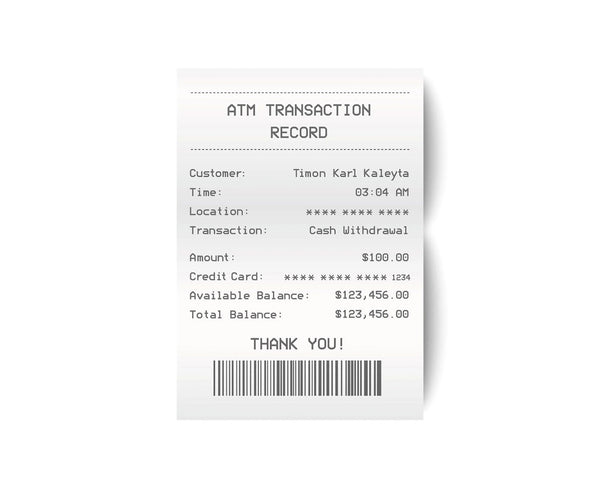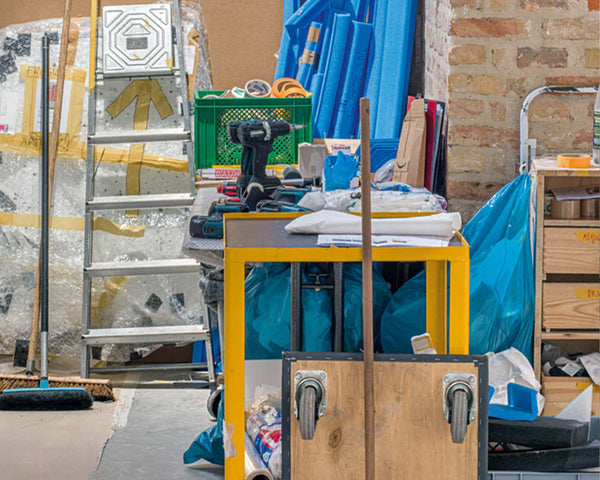by Kenny Schachter
I love – as well as get very surprised and dismayed by – Instagram.
Shall we start with the good or the bad?
I love – as well as get very surprised
and dismayed by – Instagram. Shall we start
with the good or the bad?

The painter Brian Calvin contacted me in the 90s asking advice on how to gain a foothold into the market in a long, heartfelt email to which I replied: “move to New York.” I wasn’t being brusque (or any more so than usual), but that was the only route to gain art entrée. He did just fine with or without my advice. My favorite artist, Paul Thek, left the US after a successful outing at Pace Gallery in 1964 and didn’t return full-time until the 80s, at which point he was all but forgotten, and died destitute in 1988. Had something akin to IG existed, the art world would have been well informed of Thek’s fantastical and regular output within the major biennials across Europe.
I finally trashed my Blackberry and signed up to the iPhone life in 2014; and subsequently, Insta itself. Through the direct messaging feature of the app, I have forged relationships with people in the art world, from artists such as Richard Prince and Tracey Emin, to mega collectors from the Greek Islands or even the island of Manhattan … some who were literally just around the corner from where I live. Unusually for some but most importantly for me, I swiftly return each and every message that comes my way, no matter from whom. A previously close friend who shall go unnamed, but may have won a Turner prize in the past, recently came into vast wealth and had his secretary contact me to request a catch-up with the artist (insert eye-roll emoji). Each and every time I teach and lecture, I mention to the students to feel free to contact me for help and/or advice in perpetuity, and I mean it. Don’t hesitate to get in touch.
I won’t admit my record of daily usage of the app, but let’s say it’s nothing short of staggering, nor will I own up to how many times I have checked IG during the course of writing this piece. There is no doubt the “likes” feature was specifically engineered to trigger the release of dopamine in our needy, stress-addled brains. Whereas for me, Facebook was about the dialogue and debate of ongoing threads – I got into an argument with critic Matthew Collings that lasted in excess of a year before I quit the app as a result in a state of flummoxed frustration – Insta is all about the quick hit of an image’s impact. No matter the vain self-aggrandizing ostentation or pretentiousness, as long as it looks good, it works.
The Covid-19 crisis accelerated the art market’s famously reluctant attitude towards change. After stints in commercial sectors as varied and far afield as fashion and the floor of the stock exchange, I find the art world more conservative than the law firm at which I once practiced. Gagosian Gallery was the first to make the foray into online viewing rooms. These have spread like the virus itself during the pandemic and were considered a paradigm leap but were in actuality nothing less than a yawner, big deal. As an artist/writer/curator/collector/sometime-dealer (who can’t sell crack to a crackhead), I started a series of Insta-shows that began with the fine art graduates of my School of Visual Arts class and followed with a series of one person exhibitions that link to my archive site, www.KennySchachter.art, under the rubric One (Outstanding) Person Show, otherwise known as Oops. There is no sign-in and you don’t have to register your personal data to view the work, which is an annoying aspect of most gallery sites.
The results have been amazing and, best of all, I don’t have to interact with anyone (my lack of interpersonal skills are well documented). The first artist I showed was Eva Beresin – a painter I found myself following on IG. I don’t even recall exactly how or why. But since then, I have fallen deeply for this generous, talented artist and her inimitable paintings that are simultaneously jocular and full of gravitas. After showcasing her work online, her practice has turned topsy-turvy with sales, while international showing opportunities continue to abound. I’ve yet to meet her IRL but know and care about her as much as if we’ve known each other all our lives.
Fear not, dear reader. I haven’t forgotten that I opened this missive stating my beloved IG also came with some lousy points. The worst part of the experience for me are the trolls –usually disgruntled subjects of my articles published on Artnet, The Art Newspaper, New York Magazine, and elsewhere. Social media is a no-holds-barred forum where anything goes. This amounts to judge and jury combined, with little in the way of fact checking. For an inveterate truth teller (to a fault) such as me, I am an easy target in the new cancel culture in which we reside and the accusations are fast, furious, fake, and distracting. But nothing short of a bullet will stop me. I just hope my kids don’t read this.



